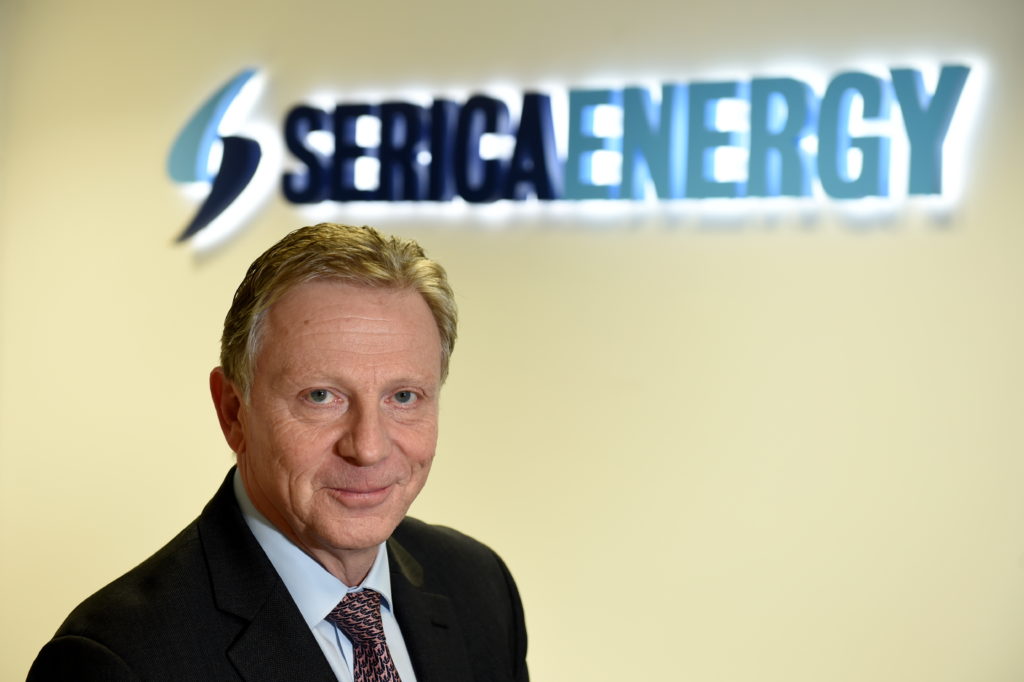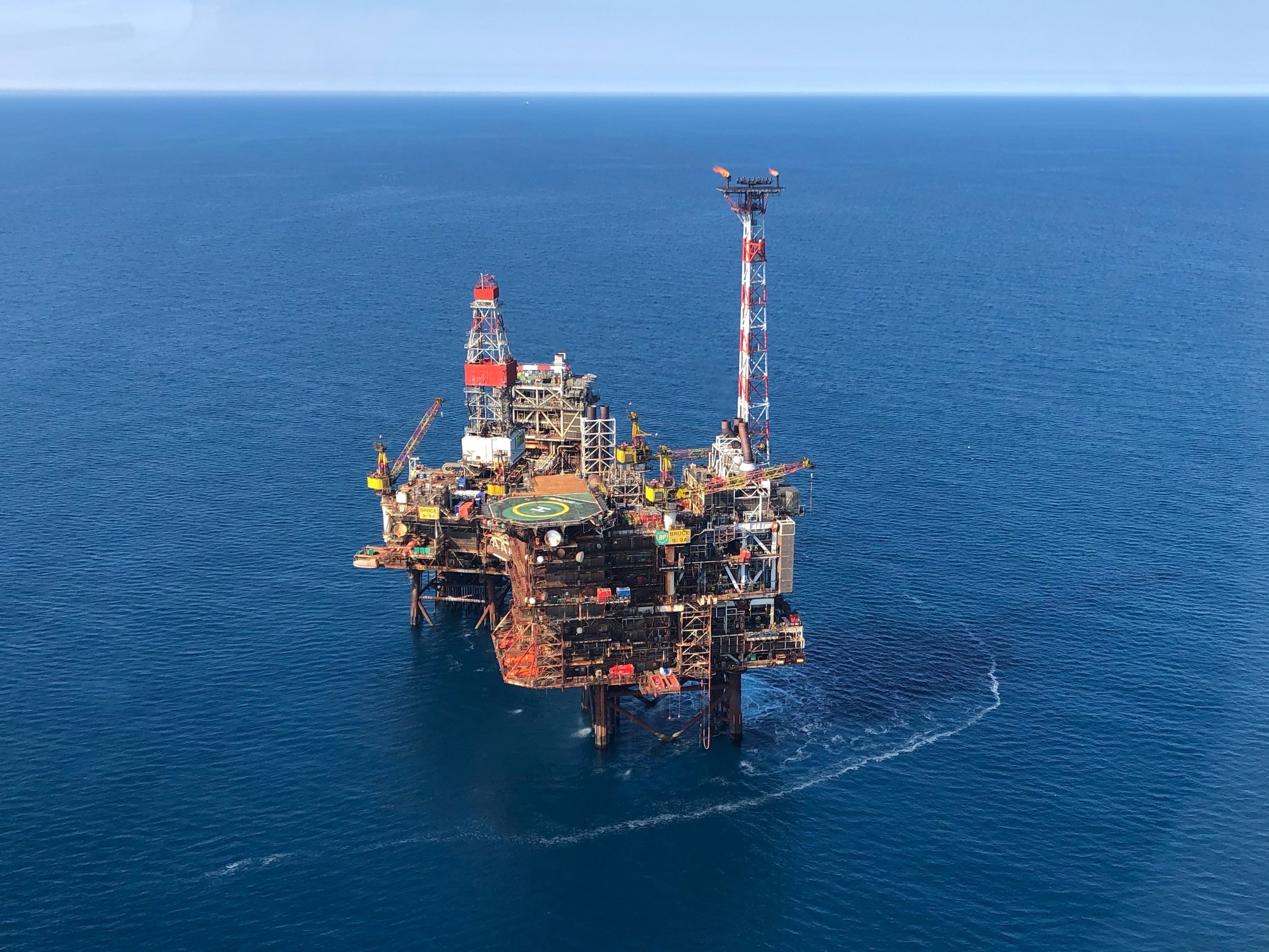
Serica Energy bosses said today that the firm’s first-half results justified the hard-fought acquisitions of a North Sea package last year.
Chief executive Mitch Flegg said Serica had been “transformed” into one of the basin’s leading operators following the transactions.
Serica claimed to have a balance sheet “amongst the strongest” in its peer group, enabling the firm to pursue “further value-accretive opportunities”.
The London-listed company posted pre-tax profits of £52 million in the first six months of the year, compared to an £8m deficit in the same period in 2018.
Revenues skyrocketed to £146m from £3.3m thanks to the addition of stakes in the Bruce, Keith and Rhum (BKR) fields to Serica’s portfolio.
Serica, headquartered in London, completed the purchase of BKR interests from BP in November 2018, about a year after first announcing the deal.
Completion was held up by Serica’s ultimately successful efforts to obtain a US sanctions waiver for the Rhum field, which is part owned by Iran.
Acquisitions of further stakes in Bruce and Keith from Total, BHP Billiton and Marubeni hinged on the BP deal completing.
When stacked together, the four acquisitions gave Serica 98% of Bruce, 100% of Keith and 50% of Rhum.
Serica, whose only production came from a non-operated stake in the unreliable Erskine field before the BKR deal, took on more than 100 BP employees and opened an office in Hill of Rubislaw, Aberdeen.
The company pumped out 31,000 barrels of oil equivalent (boe) per day in the first half of 2019, while field operating costs were slashed by more than 30%
Full-year net production is expected to land in the upper end of Serica’s 26,000-30,700 boe per day guidance range.
Serica has submitted an application to US authorities asking them to renew the licence removing restrictions on production from Rhum.
The firm has decided to defer work on a third production well on Rhum – R3 – from early 2020, until late 2020 or early 2021.
The Columbus project – sanctioned in October 2018 – remains on schedule for start-up in 2021.
It is being developed as a tieback to Shell’s Shearwater platform in the central North Sea.
Recommended for you

